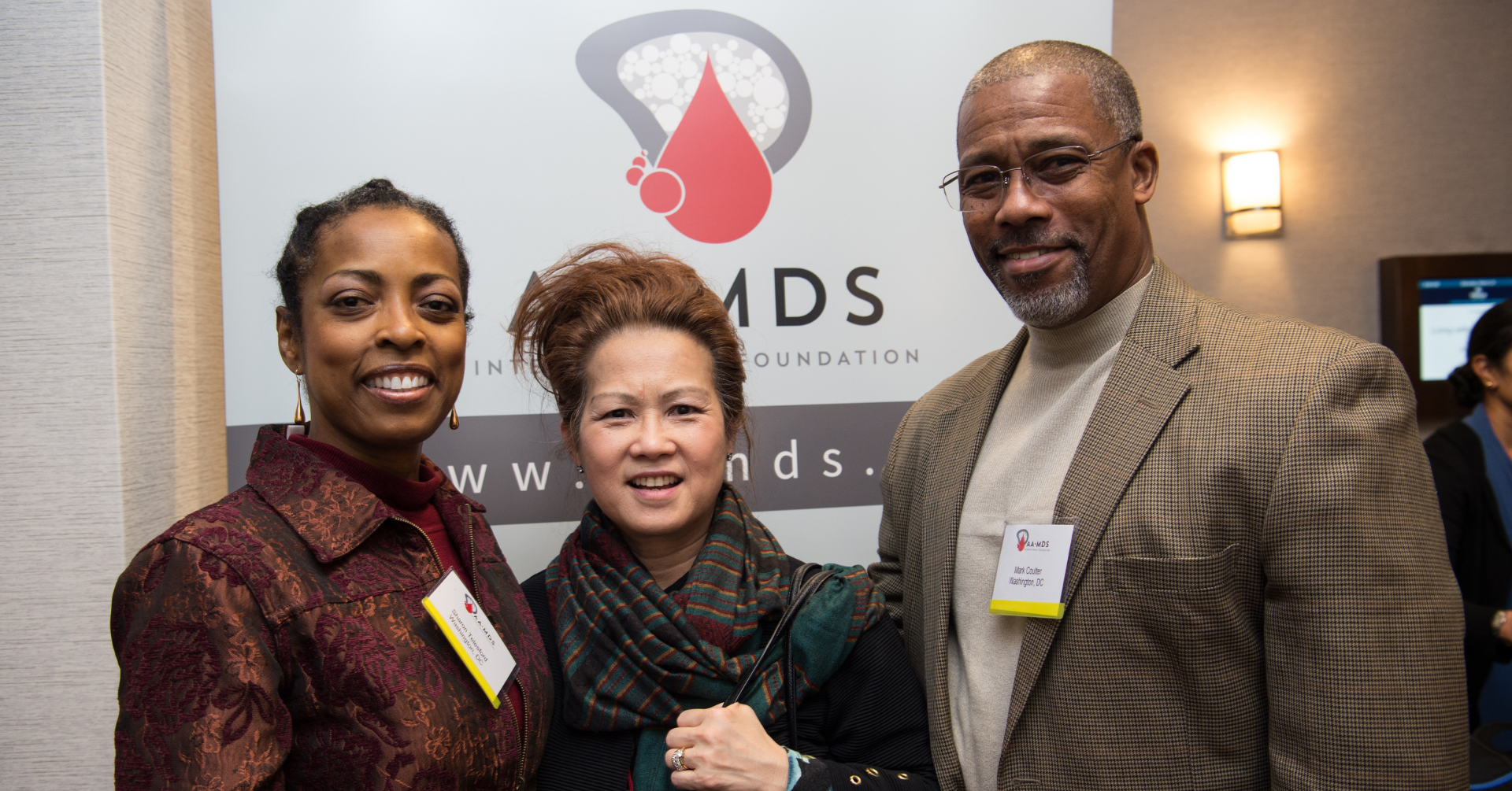Growth factors are naturally occurring hormones in your body that signal your bone marrow to make more of certain types of blood cells. Man-made growth factors may be given to some people with bone marrow failure diseases to help increase red blood cell, white blood cell or platelet counts.
Red Cell Growth Factor
Red cell growth factor is called erythropoietin or EPO for short. It is a hormone naturally produced in the kidneys. Your kidneys make more EPO in response to low levels of oxygen in your body. Man-made forms of EPO are called erythropoiesis-stimulating agents, or ESAs for short. These may be given to people with bone marrow failure diseases to reduce the need for red blood cell transfusions.
There are two types of man-made EPO:
- Epoetin alpha comes in the brand names Epogen® and Procrit®.
- Darbapoietin comes in the brand name Aranesp®.
Epoetin alpha and Darbapoietin are usually given as an injection (shot) under the skin. They may also be given as an infusion into a vein through an intravenous IV. You may also be trained to give these to yourself at home.
Red cell growth factors work by signaling your bone marrow stem cells to make more red blood cells. It may take between 2 and 6 weeks for them to work.
How well do they work?
Red cell growth factors are often prescribed for MDS patients. How well they work varies a lot from patient to patient and is dependent on many factors. They are not right for all MDS patients. Studies suggest that as many as 6 in 10 MDS patients will see some improvement in blood counts from these drugs.
Red cell growth factors are not effective in people with severe or very severe aplastic anemia because there are too few stem cells in the bone marrow to stimulate. They may be used after immunosuppressive therapy is done and bone marrow stem cells start to come back.
What are common side effects?
Some of the more common side effects of red cell growth factors include:
- Joint, muscle or bone pain
- Headache
- Dizziness
- Fever
- Cough
- Nausea
- Vomiting
- Diarrhea or constipation
- iItching
- Redness and pain in the skin where the shot was given
White Cell Growth Factor
If you don't have enough healthy white cells in your blood, your doctor may ask you to take a man-made white blood cell growth factor to help you fight infection. There are two types of white cell growth factor:
- Granulocyte colony-stimulating factor (G-CSF) is sold under the names Filgrastim® and Neupogen®. G-CSF is typically given as an injection (shot) under the skin or an infusion into a vein once per day.
- Granulocyte macrophage colony-stimulating factor (GM-CSF) is sold under the names Leukine® and Sargramostim®. GM-CSF is typically given as an injection (shot) under the skin or as an IV infusion drip.
How well do they work?
Doctors are careful about giving white cell growth factors to MDS patients. Sometimes, white cell growth factors can increase the growth of blast cells in patients with high-risk MDS. This can be a serious problem. For this reason, the use of these growth factors for MDS patients is often limited to the treatment of infections, along with antibiotics.
What are common side effects?
Some of the more common side effects of white cell growth factors include:
- Redness, swelling, bruising, itching or a lump at the injection site
- Bone, joint or muscle pain
- Headache
- Fever
- Diarrhea
- Skin rash
- Weakness
- Dizziness
Platelet Growth Factor
Platelet growth factor is called thrombopoietin. It is a hormone produced by the liver and kidney which stimulates the production of platelets. There are two man-made platelet growth factors available to treat bone marrow failure diseases. These include:
- Eltrombopag (Promacta ®) is approved to treat aplastic anemia. It comes as a tablet and as a powder for oral suspension (liquid) to take by mouth.
- Romiplostim (NPlaste ®) is currently approved only to treat low platelet counts caused by a disease called immune thrombocytopenia (ITP). Initial studies show that it can increase blast counts on MDS patients, so it is not recommended for MDS patients at this time. It is given as an injection (shot) under the skin in a doctor’s office or hospital.
How well do they work?
A study was done giving eltrombopag to patients with acquired aplastic anemia who did not respond to standard immunosuppressive therapy with ATG and cyclosporine. This study found that about 4 in 10 patients given eltrombopag had an increase in platelets, as well as red cells and white cells.
Research is underway to see how eltrombopag works when given earlier in the treatment process, along with immunosuppressive therapy using ATG and cyclosporine.
What are the common side effects?
Some of the common side effects of platelet growth factors include:
- Nausea and dizziness
- Feeling tired and shortness of breath
- Cough and runny nose
- Diarrhea and stomach pain
- Headache
- Pain in arms, legs, hands or feet
- Fever
- Pain in the nose or throat
- Bruising
- Muscle spasms
- Joint pain

